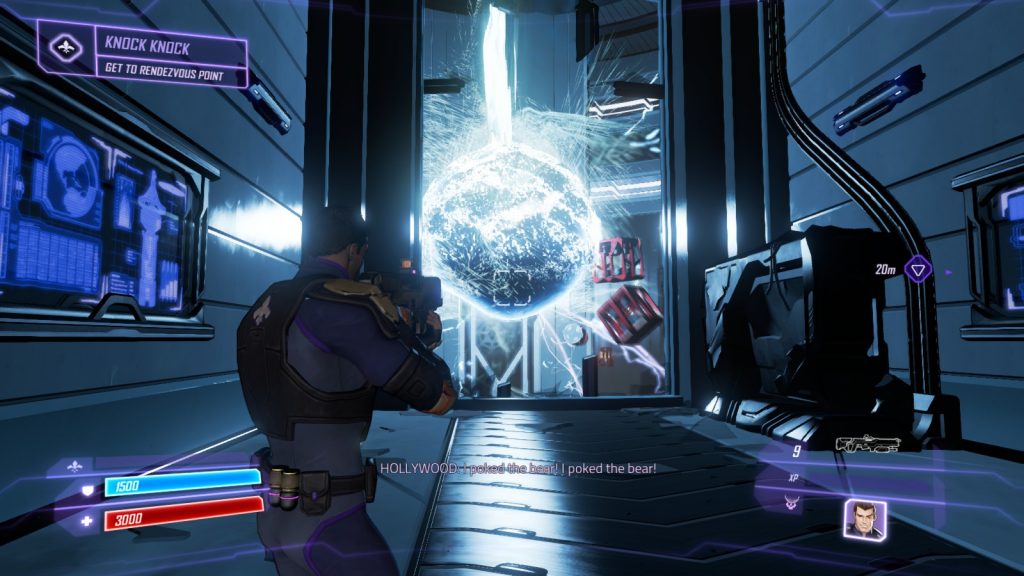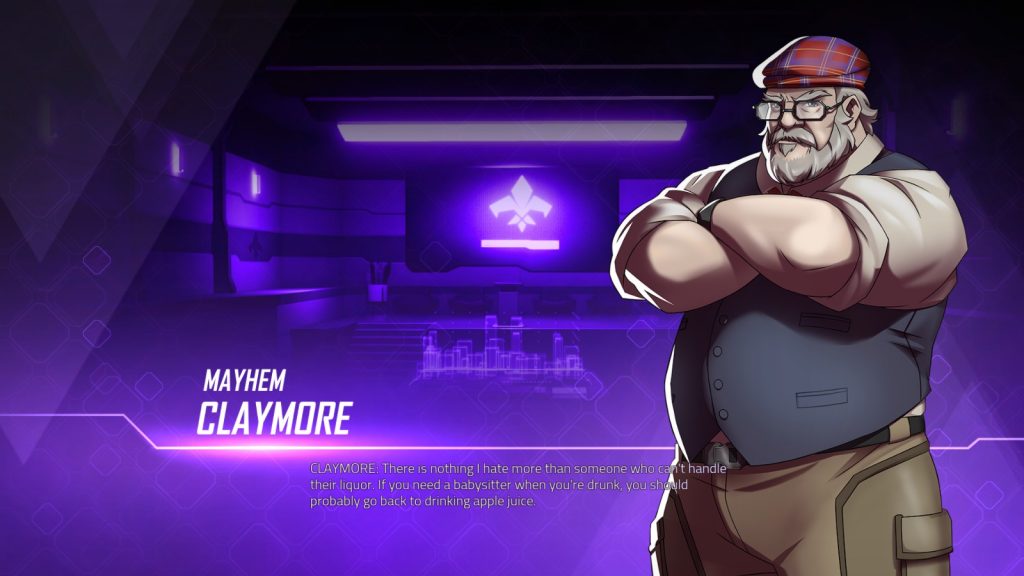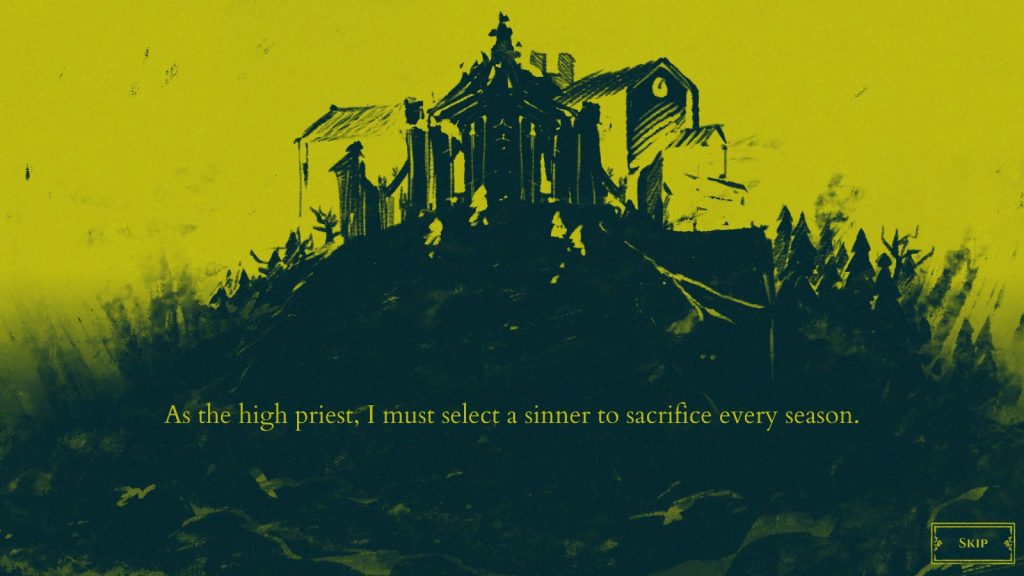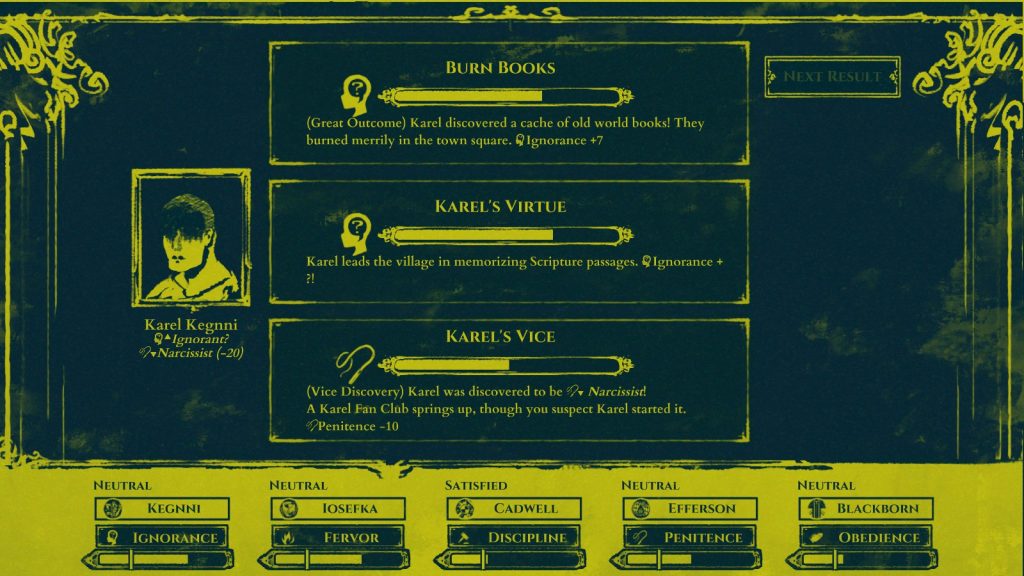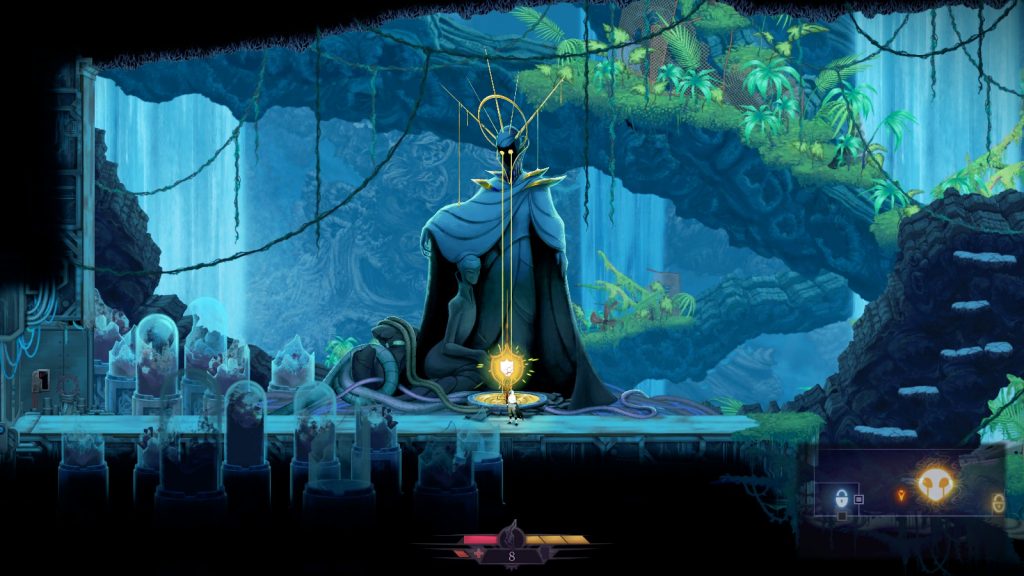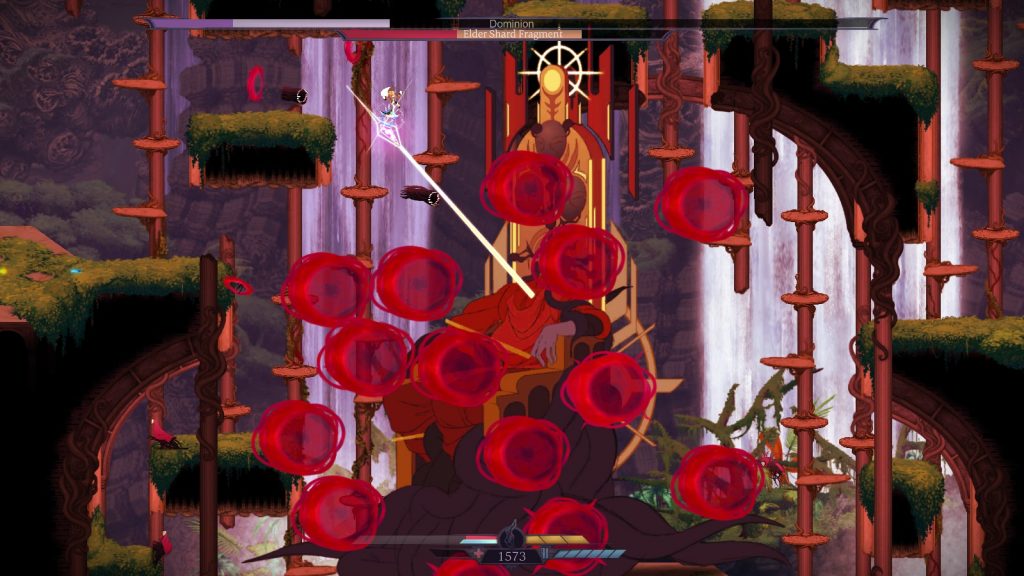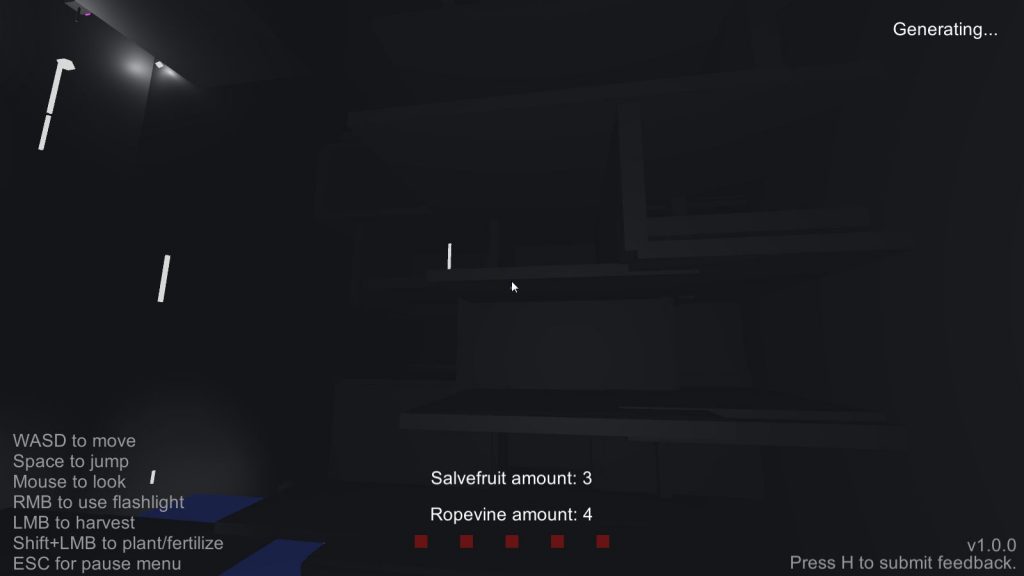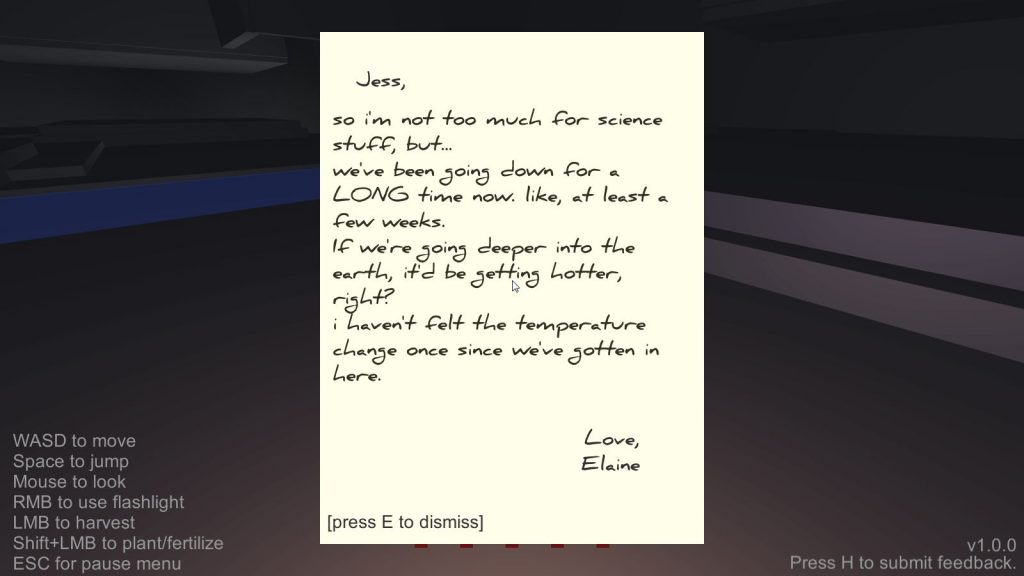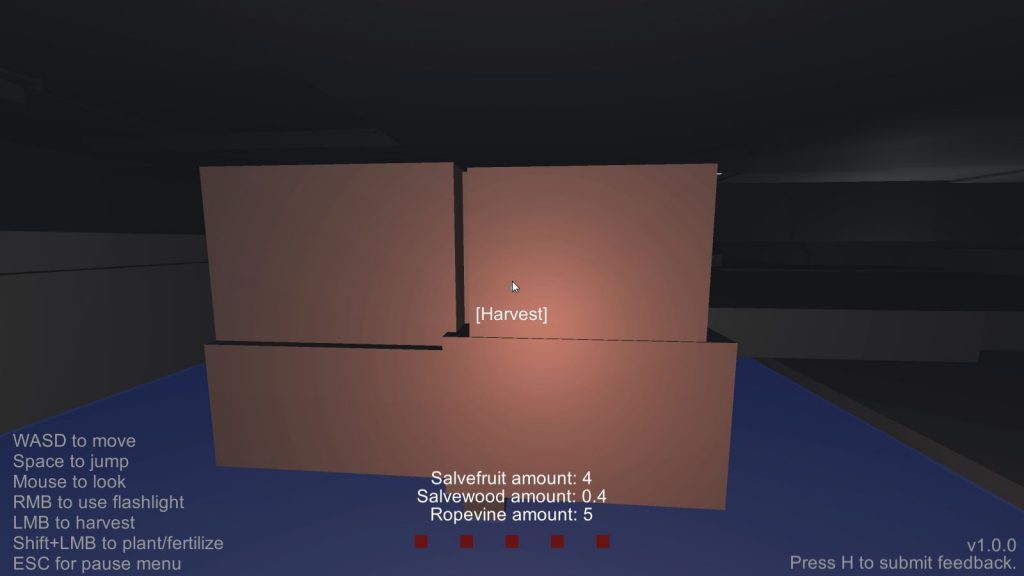Agents of Mayhem (Review)
Source: Review Copy
Price: £39.99
Where To Get It: Steam
Agents of Mayhem is, it seems, trying to have several cakes and eat them. It wants to be a superhero, Saturday Morning style deal. It wants to still be a Saints game. It wants, just a little, to be a more serious property. And it wants to still be referential as hell.
The thing with wanting several cakes at once is that you tend to have a mess of cake, and a stomachache. So it is with Agents of Mayhem, where you can see elements occasionally shine through, but more often fall flat. Let’s unpack that.
The game follows the exploits of the Agents of MAYHEM, a GI Joe like organisation led by ex villain Persephone, combating the evils of LEGION, and its… Pridetroopers? Eesh, that was a bad namepick (The proper name is Helltroopers of the LEGION of Pride, but yes, “Pridetroopers” was used, with maybe not as much thought as could have been had.) Anyway, LEGION is up to no good in Seoul, and, with the magic of an Ark aircarrier and a drop teleporter, they do various missions, attempting to stop LEGION from setting off Dark Matter devices to, er… Do something.
It’s okay, you have plenty of time to do so, as, once you enter Seoul, it’s things you’d recognise from any GTA or Saints style game: Steal cars to get your own. Run LEGION vehicles off the road as Targets of Opportunity. Set up things to “claim” an area, defend it for a bit against waves of LEGION enemies, kill them all, bam, you now have tech in town, or some money laundering that’s totes okay because you’re the good guys, remember? Or, y’know, things that you would normally have to return to the Ark for. Sometimes, you’re putting hostages in safety bubbles before detonating the bombs they’re attached to, and… Well, it doesn’t feel very SatAM, does it?
But never fear, the cutscenes are here! To tell you about the villains, to tell you about the heroes, their struggles, and… This is sort of dependent on characters, really, isn’t it? And the characters vary wildly in terms of writing quality. Some, like Braddock, the gay WOC marine in a relationship with the fussy brit (and PA to Persephone, your boss) Friday, are well written. How do you feel when the folks you’ve worked with support the terrorists? Some, like Yeti and Hardtack, are… Well, Yeti is Big Russian Hacker with Freeze Gun, and Hardtack is the demoman, but Amurrcan, and with the most videogamey shotgun to have ever videogamed shotguns. You’ve seen the kind before, and sadly, there’s not a lot new in their lines. Others, like Hollywood, are well written in a sense, but mostly in the sense that while you can appreciate an asshole is well written, this gives you less incentive to care because… Well, there’s more interesting people.
It’s the same with their PSAs. Yes, like some of the older SatAM cartoons, the game has fake PSAs, and again, they vary extremely widely. Rama screws one of hers up. Both Hollywood and Friday just end up looking like assholes, and, rather than a homage, as some characters seem to be, or a subversion, it ends up looking like a mockery.
This isn’t to say the game doesn’t do nice things. Seoul is pretty, and has a lot of character if you’re willing to stop and smell the roses every now and again. Visually, and musically, it’s good, and the Agents of MAYHEM stings and elements of the soundtrack let you believe, for just a moment, that it’s achieved its goals of SatAM pastiche. Everyone has a theme. Having three characters per outing, with adjustable difficulty that you control, is a good move, especially as switching players is important to let them heal, and some of the special abilities really are quite good. The mobility is good, I didn’t have a tough time getting around, and that’s good. But for me, the problem is that it’s trying to go in multiple different directions at once, and so it just ends up feeling like it didn’t really care about any of them. It can’t seem to decide whether it’s taking the piss out of SatAM or loving it. It can’t seem to decide how much it wants to please ex-Saints Row players who might be pissed that this is an alternate world, and it occasionally tries to set forward tough, mature themes, only to drop them for the black-and-white “Here is villain. He is bad. Go get ‘im!”
Even without suffering from performance issues (Which I have been, the game is surprisingly resource intensive, and the launch troubled with bugs), I just don’t really find myself enjoying my time. These issues unfortunately, I am far from alone in, although your mileage may vary quite a bit, and the developers are aware of these problems, asking for DXDiags and other troubleshooting questions. As such, this combination of a troubled launch, and the fact that honestly, the game just doesn’t really seem that enjoyable to me. It seems to be fighting among itself, while I’m left scratching my head at the inconsistent experience.
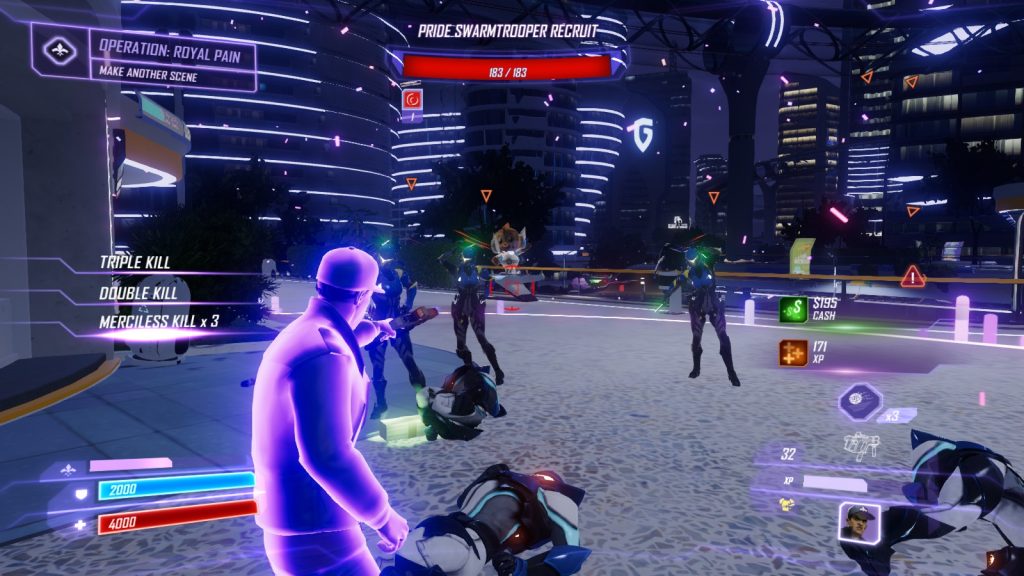
Yes, that’s Kingpin. Yes, he’s an OG. Yes, that special ability is a boombox that makes enemies dance so he can shoot them. SIGH.
The Mad Welshman does root for the heroes sometimes. He really does. But if there’s one thing he can’t stand, it’s opposition without class.

